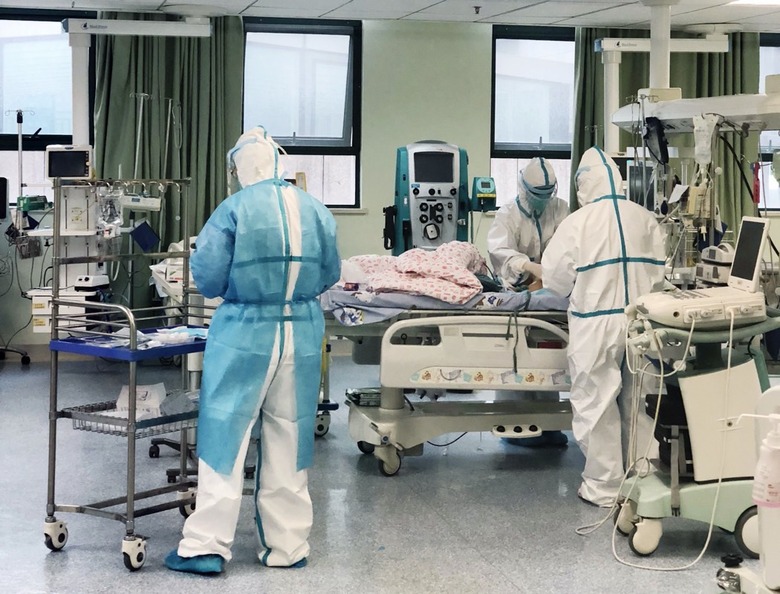Doctors Found A Coronavirus Patient Who Was Contagious For 49 Days
- A COVID-19 patient from China was infectious for 49 days after having been infected with the novel coronavirus.
- The patient had mild symptoms that disappeared in a few days, but he kept testing positive. He was just as infectious as COVID-19 patients who experienced more severe cases.
- The chronic patient tested negative only after he received plasma from COVID-19 survivors.
- Visit BGR's homepage for more stories.
The novel coronavirus infection is largely stable, according to several researchers who are tracking mutations to assess the viability of vaccines. The more often a virus mutates, the harder it is to eradicate. The flu is the best example of that, as the virus mutates rapidly, which is why you need a different shot every year. The COVID-19 virus mutates too, and scientists have been able to observe a strain that might be more difficult to cure. According to the new discovery, a patient in China was highly infectious for no less than 49 straight days, which is a record for the disease. He recovered only after being treated with antibodies taken from a different survivor.
This new mutated strain has a lower toxicity, but a higher chance to infect others. The disease appears to be "chronic" in these rare cases, according to researchers. More people who might be infected with the novel coronavirus subtype could experience this type of evolution, and they could trigger additional local outbreaks.
The patient who tested positive for COVID-19 for 49 days is a middle-aged man who experienced mild symptoms. He apparently formed a "dynamic balance" with the coronavirus, according to research published in preprint form in Medrxiv.org, via South China Morning Post.
"The virus and the host may even form a symbiotic relationship," researchers said. The patient showed a high COVID-19 viral load, but his immune cells were stable.
The patient had an intermittent low fever and did not experience coughing or shortness of breathing. CAT imaging showed lesions in both lungs, but they disappeared after a few days. The temperature cleared a few days after being admitted to the hospital. But his COVID-19 tests kept coming back positive, showing a high viral load similar to those people experiencing severe cases. This suggested he could be just as contagious in spite of not displaying any symptoms.
The researchers said the man "may tend to be a chronic infected case without transfusion treatment." He received plasma from a cured patient. Two days later, the swabs turned negative.
To date, this is the longest known duration of "viral shedding" for a patient who survived COVID-19. The previous record was 37 days.
An elderly woman with preexisting conditions related to the man was also infected and showed moderate symptoms. However, she recovered faster and had a better prognosis than others her age. This was the only positive result related to the man who was infectious for 49 days.
The researchers believe that such rare cases might be dangerous to other people. COVID-19 patients that could be chronic could infect others without knowing they're still contagious. Researchers say it's unclear whether chronic patients might be able to infect people through other means, such as sexual transmission.
Several reports said that plenty of patients tested positive a second time after being cured. It's unclear why that can happen, but some of these people were isolated again. These patients tested negative twice before being discharged, and then they tested positive. Also, it's unclear if such cases could be considered chronic patients as well. One difference is that the middle-age man who kept testing positive for 49 days didn't test negative until receiving the plasma transfusion.
